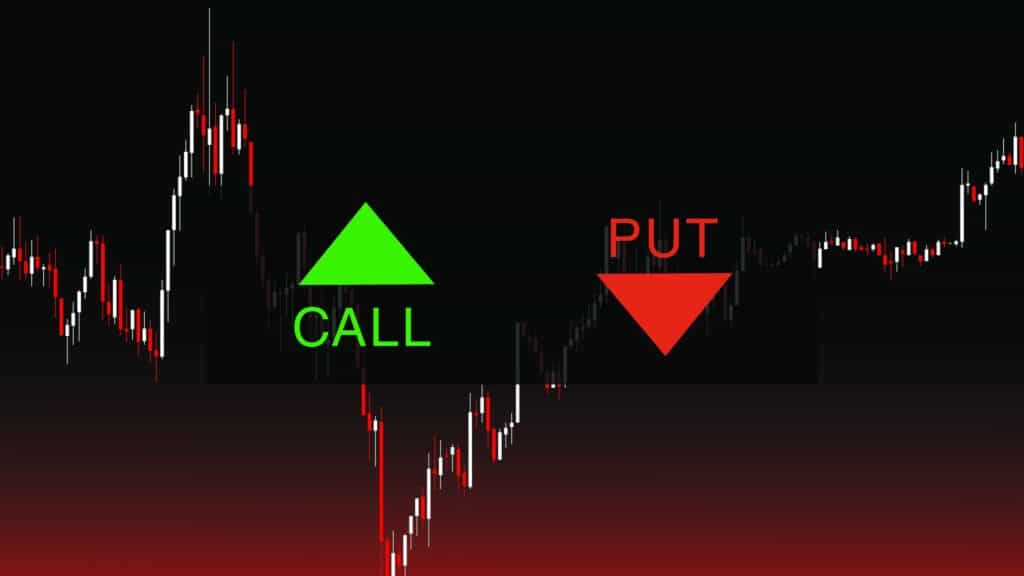Options Trading: The Basics Simplified for Every Investor
Options Trading
The Basics Simplified for Every Investor
Options trading is a popular investment strategy that offers flexibility and potential profits for investors. It involves buying and selling options contracts, which give the buyer the right, but not the obligation, to buy or sell an underlying asset at a predetermined price within a specified time frame. Options trading can be complex and intimidating for beginners, but it doesn’t have to be. This article will simplify the basics of options trading to help every investor understand the concept.
- Understanding Options Trading: A Beginner’s Guide
- Terminology and Concepts of Options Trading
- Types of Options Contracts
- Benefits and Risks of Options Trading
- Strategies for Options Trading
- How to Get Started with Options Trading
Understanding Options Trading: A Beginner’s Guide:
Options trading is a type of derivative trading that allows investors to speculate on the future price of an underlying asset, such as stocks, commodities, or currencies. It provides the investor with the flexibility to trade a range of financial instruments, from the simplest call and put options to more complex options strategies.
Terminology and Concepts of Options Trading:
To understand options trading, it is essential to learn the fundamental concepts and terminology. Here are some important terms to know:
- Option: A financial contract that gives the buyer the right, but not the obligation, to buy or sell an underlying asset at a predetermined price within a specified time frame.
- Strike Price: The price at which an underlying asset can be bought or sold by the option holder.
- Call Option: A type of option that gives the buyer the right to buy an underlying asset at a specified price within a specified time frame.
- Put Option: A type of option that gives the buyer the right to sell an underlying asset at a specified price within a specified time frame.
- Premium: The price paid by the option buyer to the option seller for the right to buy or sell an underlying asset.
Types of Options Contracts:
There are two types of options contracts – call and put options. Call options provide the buyer with the right to buy the underlying asset at a specific price, while put options provide the buyer with the right to sell the underlying asset at a specific price.
Benefits and Risks of Options Trading:
Options trading offers several benefits to investors, including flexibility, limited risk, and the ability to profit in both bull and bear markets. However, there are also risks involved in options trading, including the potential loss of the entire investment and the complexity of options trading strategies.
Strategies for Options Trading:
There are several options trading strategies that investors can use to minimize risk and maximize profits. These include buying call and put options, selling call and put options, and using options in combination with other financial instruments, such as stocks or bonds.
How to Get Started with Options Trading:
To get started with options trading, investors should open a brokerage account with a reputable brokerage firm. They should also familiarize themselves with the basics of options trading, develop a trading plan, and start small to minimize risks.
FAQs:
- What is options trading? Options trading is a type of derivative trading that allows investors to speculate on the future price of an underlying asset.
- What are call and put options? Call options provide the buyer with the right to buy the underlying asset at a specific price, while put options provide the buyer with the right to sell the underlying asset at a specific price.
- What are the benefits of options trading? Options trading offers several benefits
Benefits of options trading include flexibility, limited risk, and the ability to profit in both bull and bear markets.
- What are the risks of options trading? Risks of options trading include the potential loss of the entire investment and the complexity of options trading strategies.
- What are some options trading strategies? Options trading strategies include buying call and put options, selling call and put options, and using options in combination with other financial instruments.
Conclusion:
Options trading can be a profitable investment strategy for investors looking for flexibility and potential profits. However, it is essential to understand the basics of options trading, including terminology and concepts, types of options contracts, benefits, and risks, and options trading strategies. By following a trading plan, starting small, and working with a reputable brokerage firm, investors can minimize risks and maximize profits. Remember that options trading involves risks and it is important to do your research and consult with a financial advisor before investing your money.




